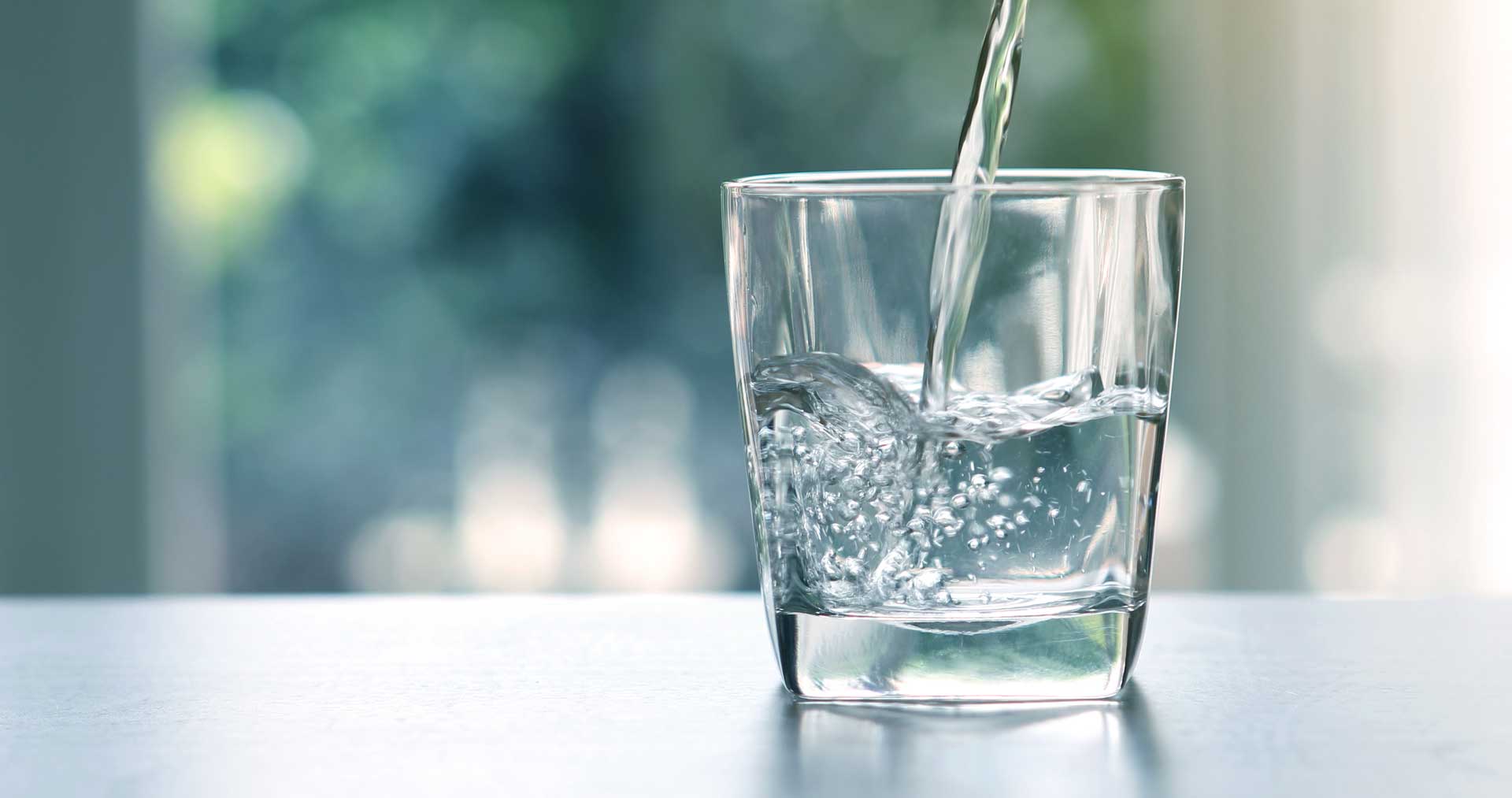We offer water testing services to ensure your family is exposed to and drinking clean water. We check for all of the major possible contaminants and provide you with a detailed report that list our findings. Whether you’re buying, selling or maintaining a home, we’ve got you covered.
Water quality testing is a specialized but simple test that checks a home’s water supply for contaminants and pollutants, such as chlorine, lead, and coliform bacteria. Testing can also reveal chemical imbalances of the pH, and other attributes, such as hardness. Testing ensures that the home’s water is potable and safe for everyday use. With some basic training and equipment, home inspectors can offer water quality testing as an ancillary service or as part of their standard home inspection.
Water Quality or Potability Testing May Be Required
In many areas, mortgage lenders require water quality testing for properties with private wells. Testing a community well may not be required by individual lenders, as this is normally the purview of the municipality. Most lenders will accept a home inspector as an independent tester, who’s required to check for bacteria, including E. coli and coliform. The results for such tests are usually available within 48 hours. Tests for minerals and other contaminants may take weeks to complete.
What Testing Can Reveal
Public and private water supplies should be tested because they may be affected by the following:
- dangerous levels of bacteria, including E. coli and coliform;
- elevated levels of nitrates and nitrites from fertilizers that leach into the groundwater;
- fluoride levels;
- mineral contaminants, such as iron and arsenic;
- heavy metal contamination, including lead; and
- water hardness.
No natural water source is completely free of impurities; contaminants and pathogens must be monitored and mitigated. With the passage of the Safe Drinking Water Act of 1974, the U.S. Environmental Protection Agency (EPA) set standards that determined the level for the safe consumption of 80 contaminants.
Water system plants test and treat water. However, these protections can and do fail. As a home inspector, it is your job to look for material defects in the home to ensure that it is safe for the occupants; adding water quality testing using a reliable test kit can enhance the information you report to your clients.
Performing Water Quality Testing
The EPA recommends that a residential water supply be tested annually for bacteria, nitrates, solids, pH levels, and other factors. The frequency of these tests may be increased based on the age of the home’s occupants (infants are particularly susceptible to the effects of lead exposure), whether there are known risks of contamination, or whether any repair or construction work was recently conducted on or around the well or plumbing system. The EPA lists many conditions for whether a water quality test should be performed.
Guidelines provided by the World Health Organization (WHO) recommend that water samples be taken from locations that are representative of access points to water. Sampling should be done uniformly and at zones that are particularly high-risk. After collecting samples, testing should be done to determine the level of contamination. Remediation should be performed, if necessary; the EPA and WHO advise that remediation be carried out only by those trained to do so.
On-Site and Laboratory Testing
Sampling may be done onsite with specialized kits. Water testing kits can be purchased online or at hardware stores. They all work similarly. The majority of these tests rely on dip sticks and test strips, which may be inaccurate and are not EPA-approved. Portable test kits give home inspectors independence from labs, drastically reducing the cost of such a service, and are easy to use.
State laboratories and local health departments are reliable sources of water sampling kits, analysis and advice. Some states and local communities may have restrictions on who can legally perform fee-paid water quality testing, so home inspectors should consult their local health board or state public health department for details.
Pros and Cons
Portable test kits carry some disadvantages, including the following:
- Dip sticks and test strips may be inaccurate and vary between matrices.
- Results may not be covered by E&O insurance riders.
- Not all tests are EPA-approved.
- These test kits can have limited technical specifications.
- Samples may require analysis by a licensed lab for results.
Many testing kits have a limited-time use and must be discarded and replaced after a few samples have been collected, and this can incur additional costs. Improper disposal can be harmful to the environment. For these reasons, testing by inspectors can be cost-prohibitive.
Many state health departments offer lab services for water testing, but these can sometimes be time-consuming and costly for the home inspector and the homeowner. But results are usually reliable. Lab testing also offers a wider range of testing parameters for more types of contaminants.
Summary
Water quality testing is practical for both urban and rural areas, where the possibility of contamination is increased by outdated municipal plumbing systems, nearby fracking and other mining activities, livestock farming, and even natural disasters, such as flooding, which can affect the local water table or aquifer. It’s also useful for homeowners who rely on private wells or cisterns for their water supply.
Home inspectors can provide this service during their standard home inspections with little additional time and without the need for heavy or complex equipment. Alternatively, lab testing can be offered as an ancillary service for more comprehensive and accurate results. Regardless of method, water quality testing is a relatively quick and easy protocol to perform, and home inspectors should consider offering it along with their other services.

